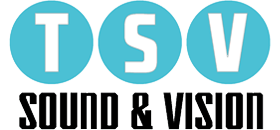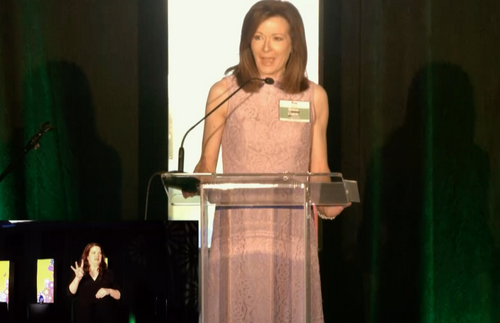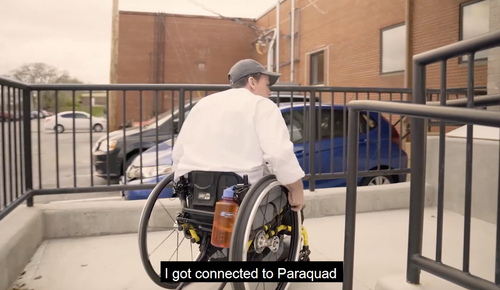As an event production company, TSV is constantly reminded of ways we can help increase accessibility for attendees at the events we work on. Set design, A/V and other aspects of production can ensure that your event is equally enjoyed by everyone and that attendees feel comfortable, regardless of any disability or special need.
It has become common practice, prior to an event, to incorporate a section on a registration page or invitations, to ask guests to specify any dietary restrictions or other special requests. This same process can be used to find out what accommodations attendees with disabilities might require. By doing this, you can remove chairs from tables before guests arrive for those in wheelchairs, or seat those who are hard of hearing or visually-impaired closest to the stage. Assigned seating, depending on your event, could also help with this accommodation, and avoid any potential complications on the day of.


